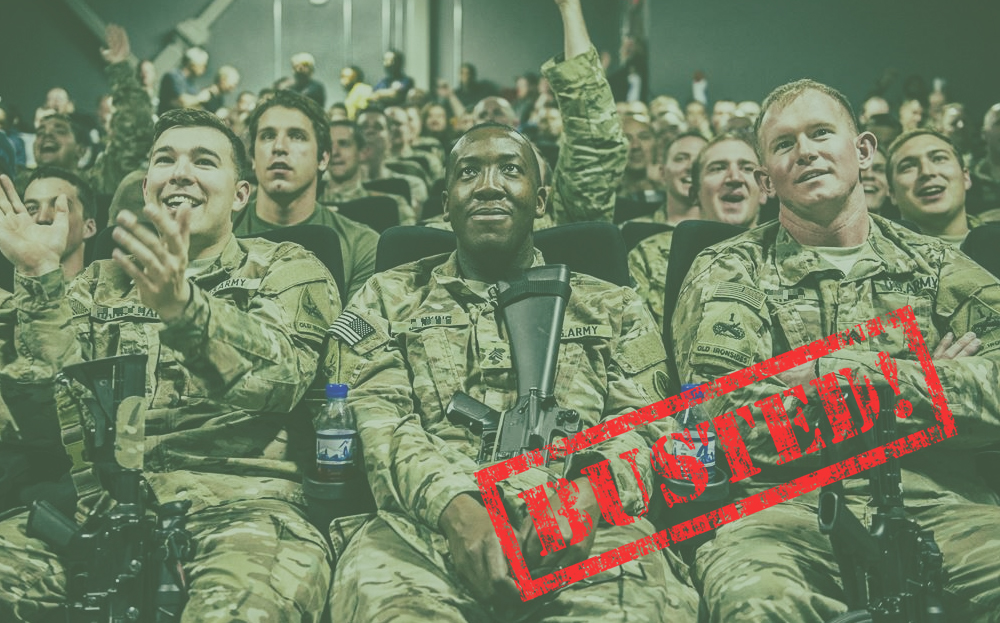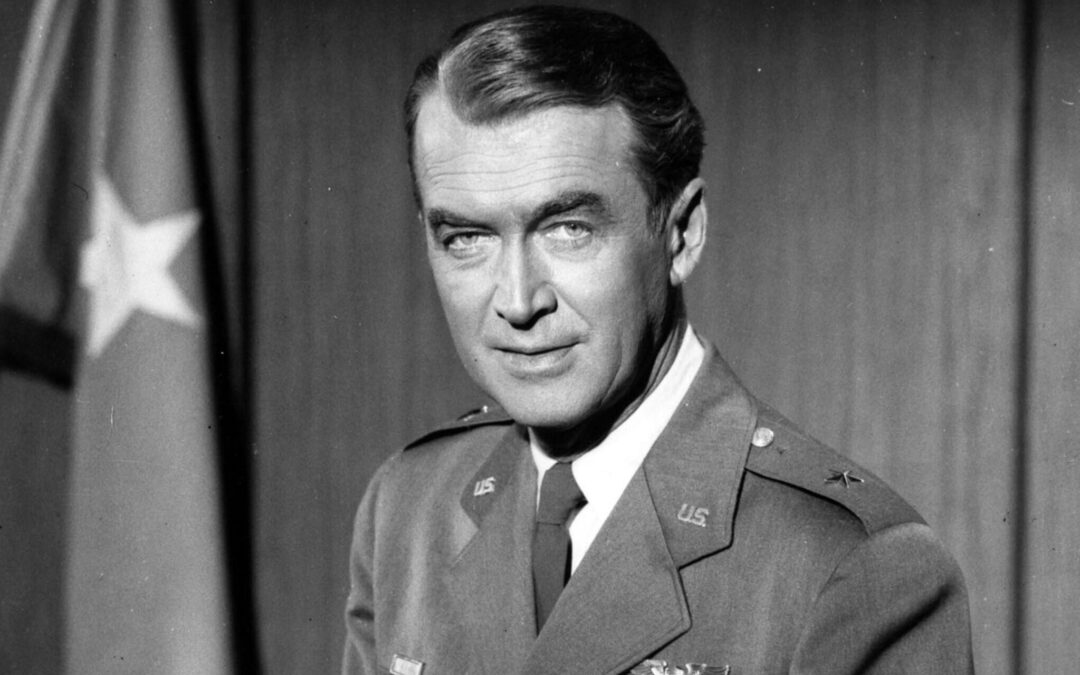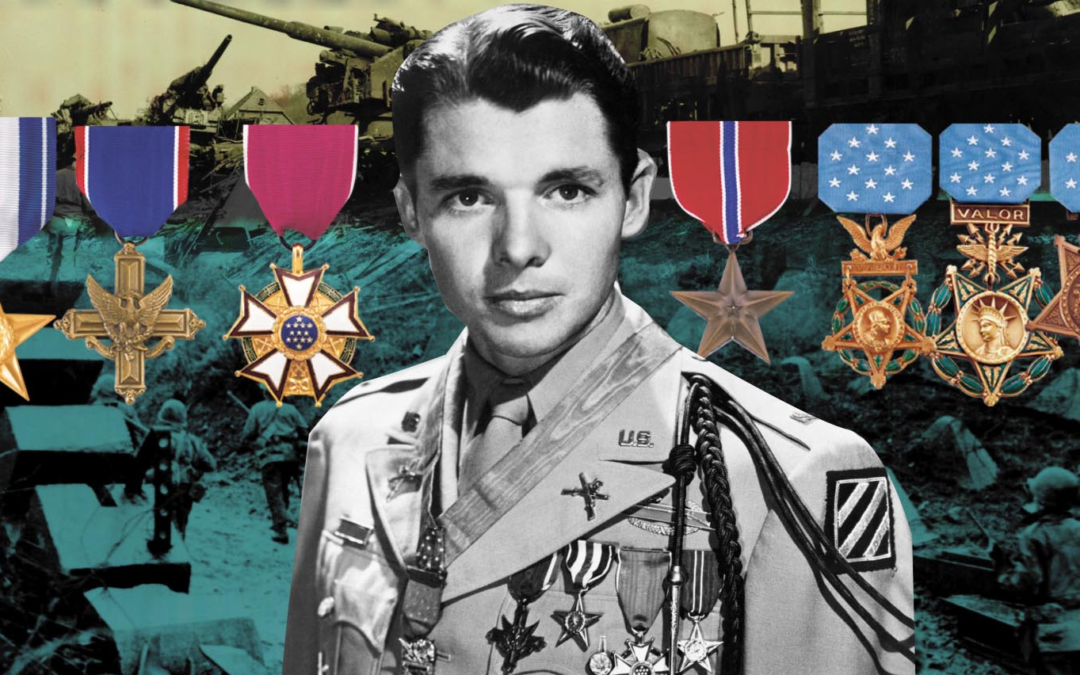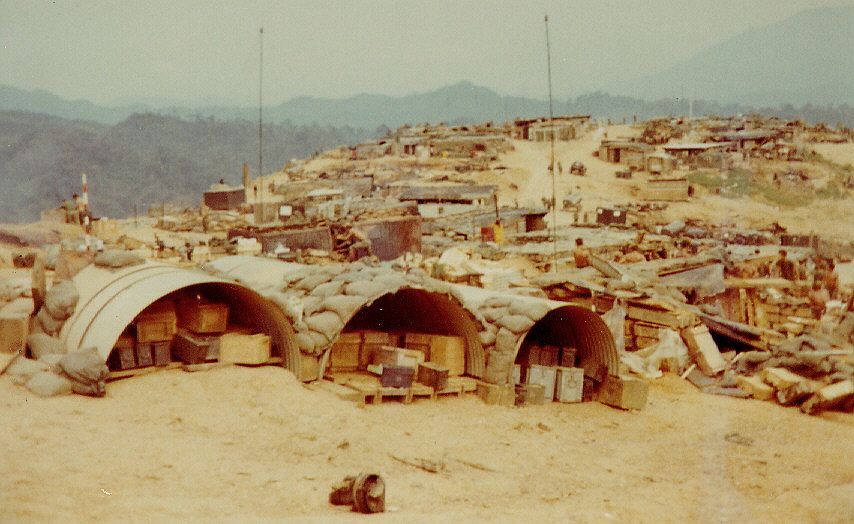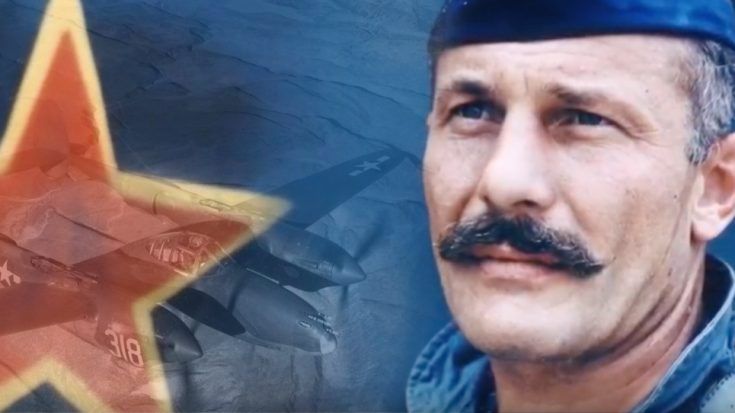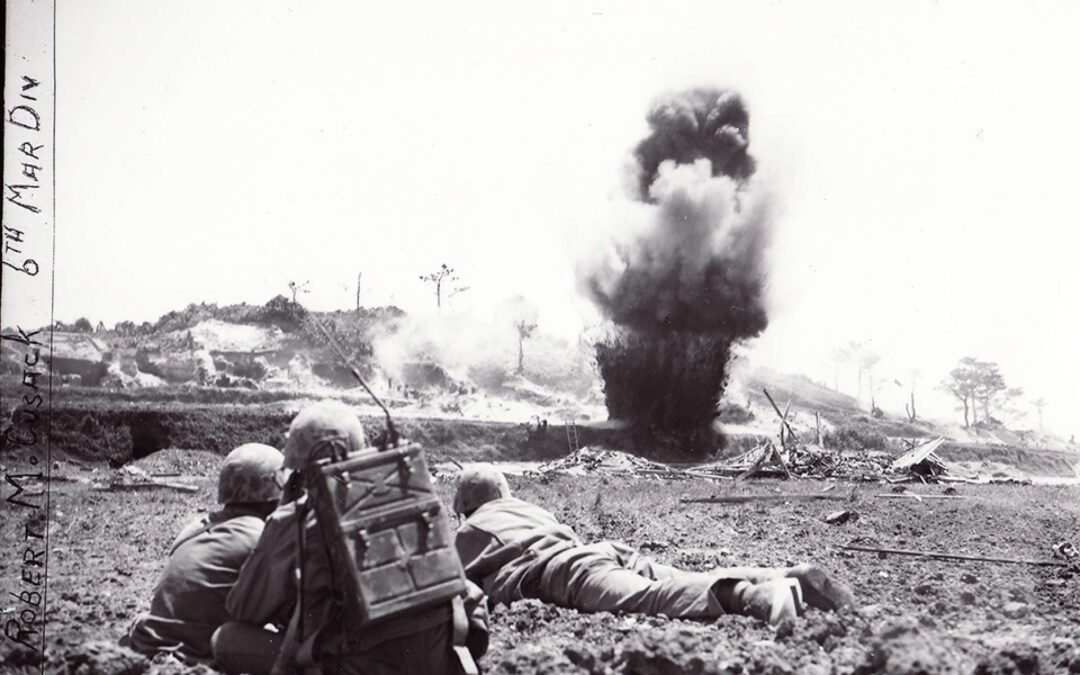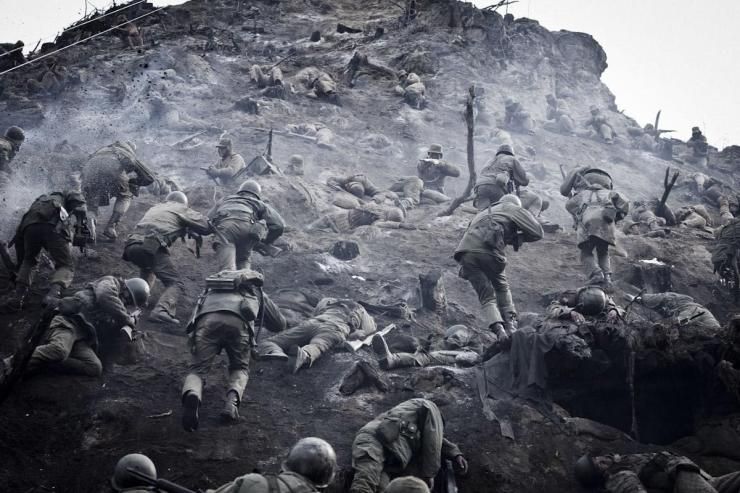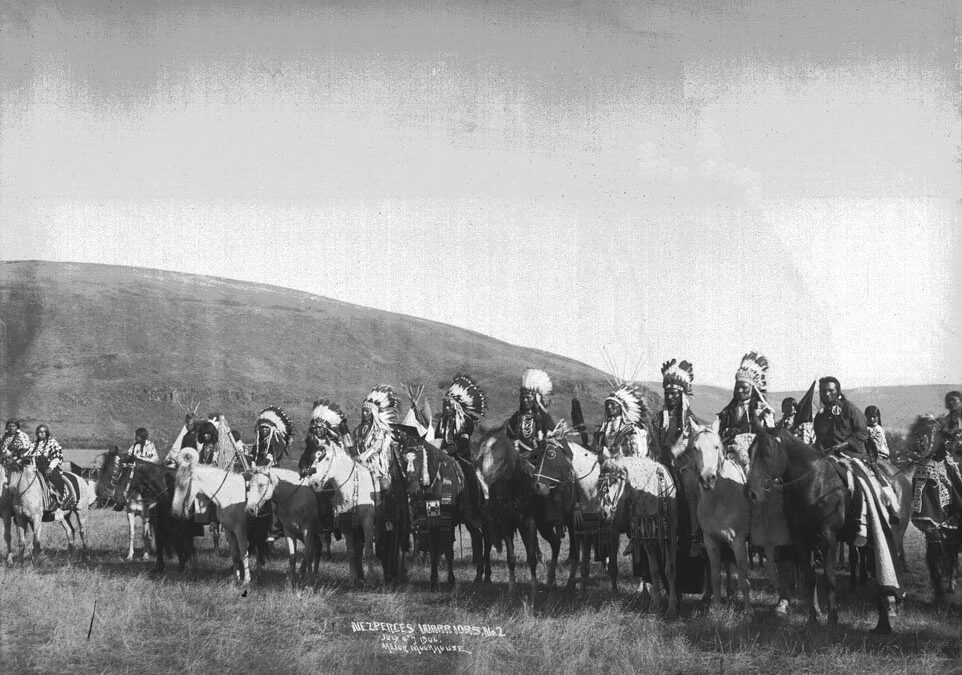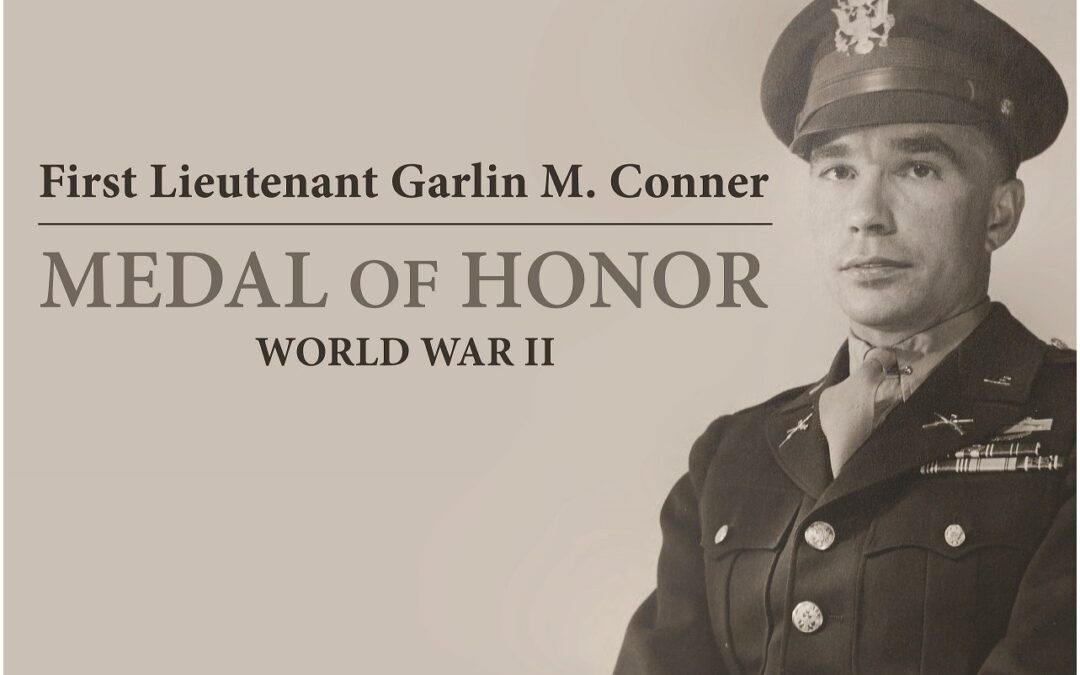There are many misconceptions and myths about the military floating around out there. Here are five common myths busted. Military Myth #1 If you get in trouble with the law, then your only option is the military. Ever heard the old saying, "Go to Jail or Go to the Military." Can a criminal court judge sentence a person to military service as an alternative to jail? Can a prosecutor mandate that someone joins the military as an alternative to criminal prosecution? Well, a judge or prosecutor can do whatever they please (within the limits of the law for their jurisdiction), but that doesn't mean the military branches are required to accept such people, and they don't. The military actually has to know about any run-ins with the law, no matter how minor. All branches of the military-run FBI background checks on all prospective members. However, just because you have a glitch in your past doesn't necessarily mean you can't join the military. Commanders can authorize waivers...
